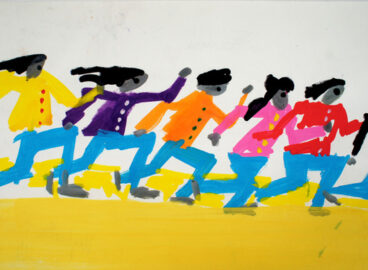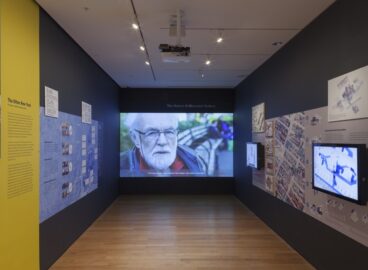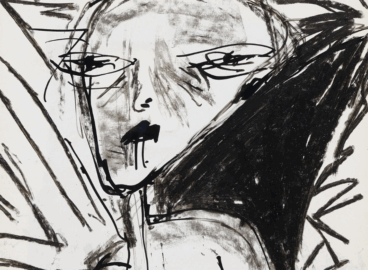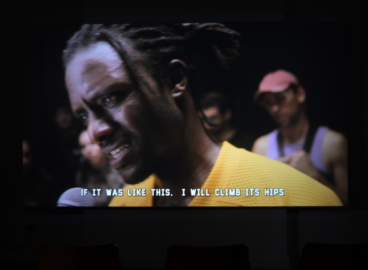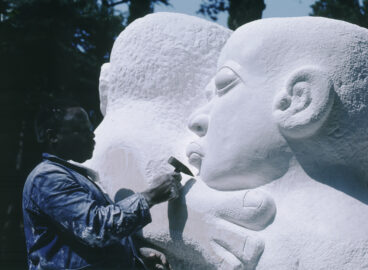In this video, Roxana Marcoci, Senior Curator in the Department of Photography, interviews artist Olga Chernysheva at the Garage Museum of Contemporary Art in Moscow during the C-MAP Central and Eastern European group trip in June 2015.
Olga Chernysehva is a mid-career artist based in Moscow who works across media. Born in the Soviet Union yet living in post-Soviet Russia today, she is part of a generation marked by transition. Through her patient but in no way passive observation of her surroundings, Chernysheva documents the byproducts of communism still visibly entrenched in Russia’s volatile and fragile socio-political ecosystem. In this interview, she describes how she navigates among her films, photographs, drawings, and paintings. Chernysheva discusses her training at the Gerasimov Institute of Cinematography, which was and still is the largest and most important film school in Russia, as well as her connection to the historical Russian avant-garde.
